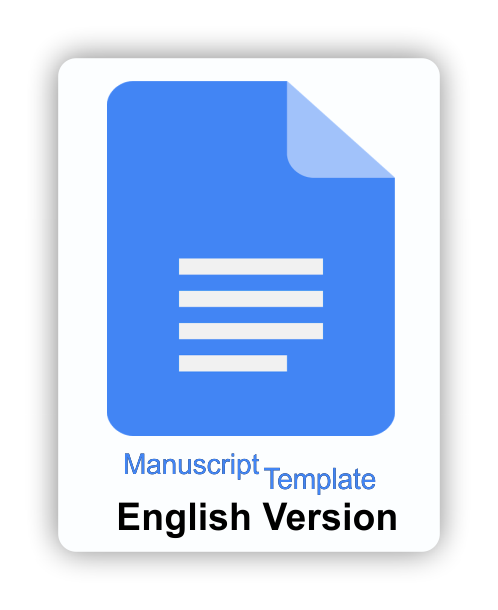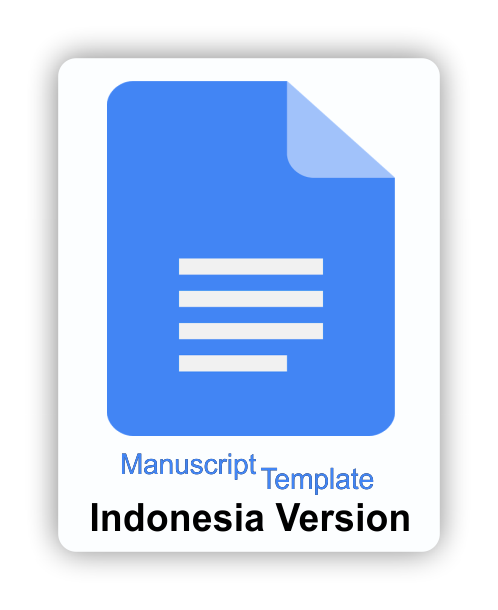Peningkatkan interaktivitas pembelajaran melalui penggunaan komunikasi asynchronous di Universitas Negeri Yogyakarta
Sungkono Sungkono, Universitas Negeri Yogyakarta, Indonesia
Abstract
Kata kunci: interaktivitas pembelajaran, komunikasi asynchronous
IMPROVING LEARNING INTERACTIVITY BY IMPLEMENTING ASYNCHRONOUS COMMUNICATION IN YOGYAKARTA STATE UNIVERSITY
Abstract
This research aims to improve learning interactivity by asynchronous communication in web based e-learning development course. This study used a classroom action research (CAR) which is conducted in two cycles. The subjects were 32 students of Curriculum and Educational Technology Department Yogyakarat State University (YSU) who participated in the web based e-learning development course in academic year 2015/2016. The data were collected using percentage method by interview, check list and documentation. The result shows that, improving instructional interactivity by asynchronous communication in web based e-learning development course were conducted using four strategies, i.e: 1) asynchronous communication applied consistently on Web-based e-Learning courses, 2) embedding on e-Learning of Yogyakarta State University (Besmart), 3) utilized for completion of tasks that require collaboration, and 4) using a varied type of asynchronous mode. Learning interactivity was reach 35 % in a very low category before asynchronous communication were implemented. The result shows in the 1st cycle, instructional interactivity rose up to 60% in a low category. In the 2nd cycle, it provides dramatically improvement up to 82,33% in very high category.
Keywords: instructional interactivity, asynchronous communicationKeywords
Full Text:
Fulltext PDFReferences
Allen, M. W. (2007). Designing succesful e-learnin. USA: Pfeiffer.
Dabbagh, N., & Bannan-Ritland, B. (2005). Online learning concepts, strategies, and application. New Jersey: Person Education.
Kemmis, S., & McTaggart, R. (1990). The action research planner. Victoria: Deakin University.
Khan, B. (2005). Managing e-learning: design, delivery, implementattion and evaluation. Hershey, PA: Information Science Publishing.
Littlejohn, A., & Pegler, C. (2007). Preparing for blended e-learning. New York: Routledge.
Makmur, R. (2016). Bisnis online. Bandung: Informatika.
Maulana, A. (2015). Jumlah pengguna internet Indonesia capai 88,1 juta. Retrieved March 14, 2016, from http://tekno.liputan6.com/read/2197413/jumlah-pengguna-internet-indonesia-capai-881-juta
McMillan, S. J. (2006). Exploring models of interactivity from multiple research traditions: Users, documents and systems. In L. . Lievrow & S. M. Livingstone (Eds.), Handbook of new media (pp. 205–229). London: Sage.
Pena, S. J., Martin, W., & Gay, G. (2001). An epistemological framework for analizing student interactions in computer-mediated environments. Journal of Interactive Learning Research, 12(1), 41–68.
Rosenberg, M. J. (2001). E-learning strategies for delivering knowledge in the digital era. New York, NY: McGraw Hill.
Surjono, H. D. (2013). Membangun bourse e-learning berbasis Moodle. Yogyakarta: UNY Press.
Wahyuningsih, D., & Budiningsih, C. A. (2014). Implementasi blended learning by the constructive approach (BLCA) dalam pembelajaran interaksi manusia dan komputer. Jurnal Inovasi Teknologi Pendidikan, 1(1), 15–27. Retrieved from http://journal.uny.ac.id/index.php/jitp/article/view/2456
Widoyoko, E. P. (2012). Teknik penyusunan instrumen penelitian. Yogyakarta: Pustaka Pelajar.DOI: https://doi.org/10.21831/jitp.v4i2.19086
Refbacks
- There are currently no refbacks.
Copyright (c) 2018 Dian Wahyuningsih, Sungkono Sungkono

This work is licensed under a Creative Commons Attribution-ShareAlike 4.0 International License.
Our journal indexed by:
View Journal Statistics

















.png)